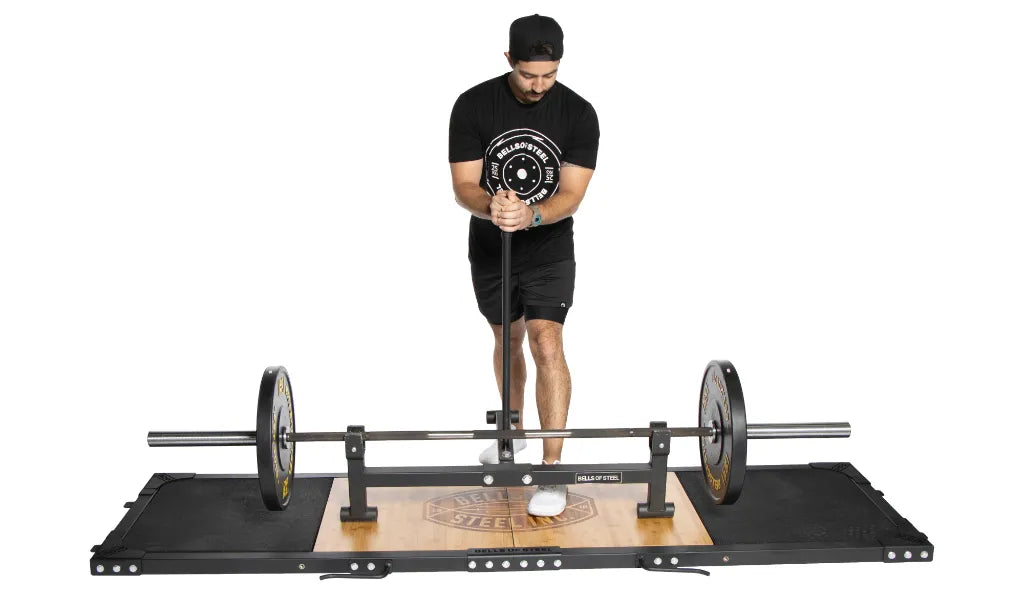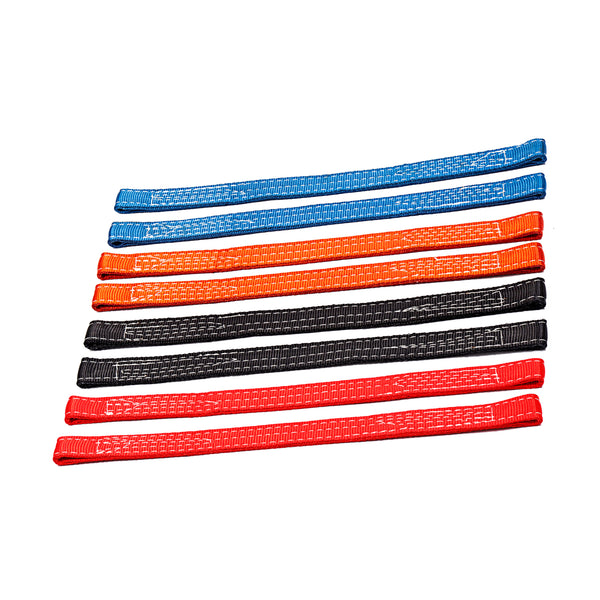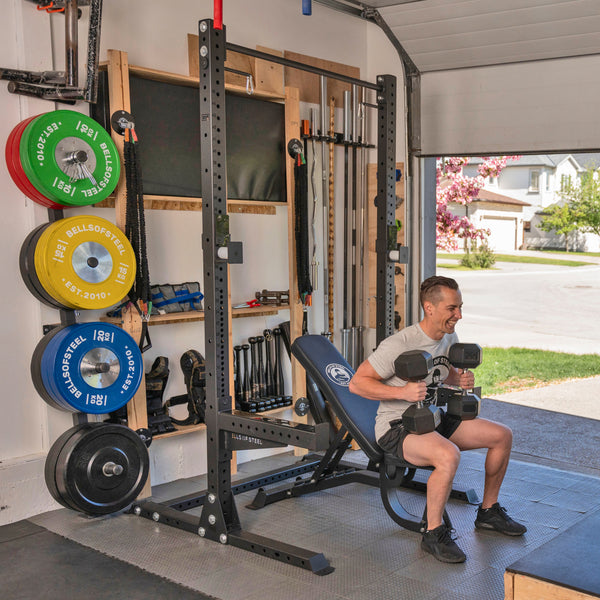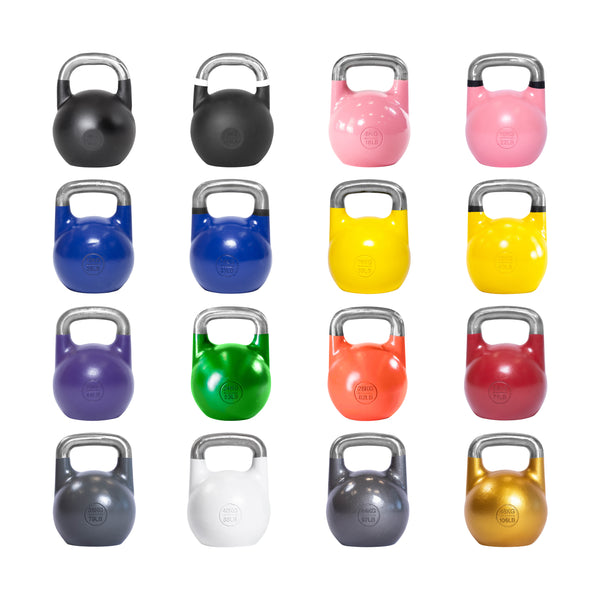You’ve got the weights, the willpower, and a killer playlist—but no personal trainer in sight. Don’t sweat it (well, not yet). Here’s how to track your strength gains like a pro, even when you’re flying solo in your home gym kingdom.
Should You Hire a Personal Trainer for Home Workouts?
Pros of Having a Trainer
Having a personal trainer is like having a gym-savvy GPS. They:
-
Design a custom program just for you
-
Watch your form like a hawk with a fitness degree
-
Hold you accountable (yes, even when you “don’t feel like it”)
-
Help you set realistic, achievable goals
-
Motivate you when your energy’s lower than your deadlift bar
Cons of Hiring a Trainer
But let’s be real—it’s not always rainbows and protein shakes:
-
Trainers can be expensive (like... several dumbbells’ worth)
-
Online/remote trainers might not catch bad form through a screen
-
Their schedule may not match yours
-
Some of us just prefer the DIY route, thank you very much
If you’re training at home and want results without the recurring trainer invoice, don’t panic. It’s totally doable—with a bit of planning and some gym-grade honesty with yourself.
Top Priorities When Going Solo
If you’re going to be your own coach, trainer, cheerleader, and equipment manager, here’s what to keep front and center.
1. Progressive Overload (Explained Like You’re Five)
Progressive overload is just a fancy way of saying: “Do a little more than last time.”
If you lifted 20 lbs for 8 reps last week, try lifting 22.5 lbs or going for 10 reps this week. Your body gets stronger by being gently pushed past its current limits. Not crushed. Pushed. Think of it like building a block tower—add one block at a time, not the whole Death Star in a day.
Track It:
Use a notebook, an app, or a spreadsheet. Just write it down. You won’t remember how many reps you did during Tuesday’s squats when it’s already Friday and your legs are still sobbing.
2. Proper Form is King (and Queen and Court Jester)
Bad form is like texting and driving—it’s not cool, it’s not safe, and it doesn’t make you look tough. Especially at home where there's no one to say “Hey, your knees are caving like a folding chair.”
Tips for Staying in Good Form:
-
Film yourself (yes, even if you feel awkward)
-
Watch reliable form breakdowns from reputable sources
-
Stick to mirrors, not ego-lifting
-
Go lighter until you nail the movement
-
Move with control, not momentum
Good form keeps you safe and helps you make actual progress. You don’t need to max out every day to be strong—you need to lift well. So, don’t be the village idiot in your lifting fiefdom.
3. Safety First (Because No One Wants a Dumbbell to the Toe)
When training solo:
-
Always secure your weights (hello, spring collars)
-
Have a clear workout area—no wayward kettlebells lurking like floor sharks
-
Learn how to bail out of lifts safely (especially squats and bench presses)
-
Use safety bars or straps on your power rack
-
Warm up with intention, not just flailing and calling it mobility
Bonus: No one’s around to impress, so there’s no need to go for that heroic 1RM when your dog is your only spotter.
How to Track Progress on Your Own
You’ve got your form dialed and your weights gradually climbing—now what?
Keep a Workout Log
Tracking = progress. Record:
-
Exercises
-
Sets and reps
-
Weights used
-
How you felt (yes, feelings matter in the gym too)
Whether you use an app or the back of a napkin, just make it consistent.
Take Progress Pics (Even If It Feels Weird)
Photos show changes that the scale can’t. Take front, side, and back photos every few weeks in the same lighting and outfit. Just trust the process—and yourself.
Celebrate Milestones (Small Ones Count Too)
Finally nailed that push-up? Increased your deadlift by 5 pounds? Didn’t skip leg day for once? These are all victories. Flex that inner coach and give yourself a pat on the posterior chain.
FAQs: The No-Trainer Edition
Q: How do I know if I’m doing the exercises right?
A: Record yourself, compare to reliable tutorials, and check your form in a mirror. If you look like you’re in a windstorm during a bicep curl… time to reassess. If in doubt, post on an online community or get a one off coaching sesh.
Q: What if I plateau?
A: Plateaus are just strength training’s awkward puberty phase. Mix things up: increase weight, adjust reps, or try a new variation. Keep challenging your body—just not in a “pick a random program every Monday” kind of way.
Q: Can I still make gains without a trainer?
A: Heck yes. Many home gym heroes have gone from “what’s a barbell?” to “watch me PR this deadlift” completely solo. Knowledge, consistency, and effort go a long way.
Q: Do I need a fancy app or can I track progress with pen and paper?
A: You can go high-tech or caveman chic. Both work. As long as you're keeping track and staying honest, you’re golden.
Final Thoughts: You Got This, Gym Boss
You don’t need a personal trainer to make progress at home—just good form, smart programming, and the willingness to show up (even when Netflix is whispering your name). Stick with it, lift with intention, and celebrate every win.
And if you ever feel stuck, remember: new gear from Bells of Steel will fix your entire life.
Just kidding, make better choices.




